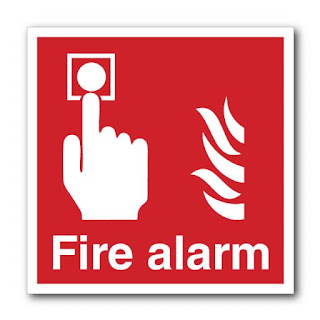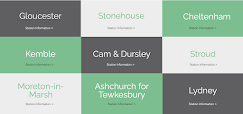Wayfaring & Signage Research
What is way finding?
"A specialist design area that combines science, psychology, semiotics and graphic design". Good way finding is crucial to ensure you don't get lost, to have a great user experience. Whilst animals have inbuilt senses of direction, humans have developed methods of navigation via logic and memory, often guided by landmarks.
Landmarks
Landmarks are often different to the rest of their surrounding environment, something unique that everyone can spot and follow such as a church or a river. Landmarks are also created specifically for wayfinding such as planting big trees in specific areas that people can look out for in previous centuries whilst signage is used widely today.
Modern Life
Different navigational needs are required today - hectic. This change in way of life over time to a more complex and sophisticated way of living has meant that wayfinding signage is a part of our daily lives, to the point that it is almost invisible as we are so used to using it.
Successful Wayfinding
- Developing a graphical language that is obvious to a very wide audience - people in the streets for example.
- Revelant positioning and location to provide useful information.
- Whilst being invisible, signage can also carry great responsibility too, specifically to direct those in emergency situations e.g. 'emergency stop push button'.
Mental Maps
Gives the audience visual information to create their own map of a building/environment such as a university or hospital. Big challenge is often similar layouts across a number of floors. To combat this, zones are created that give distinct feelings or aesthetics for users to recognise and separate areas. Signs are not the only way this can be done, everything from wall colour, lighting and sculpture can create enough differentiation. Clear numbering and icons helps to make this 'mental map' even more visual.
Different types of signage
- Orentiational - exploded views, maps, landmarks, plans
- Informational- time-tables, or business park boards.
- Directional - navigational systems such as at airports, train stations and hospitals.
- Identificational- labelling devices such as certain buildings or famous places - tower bridge.
- Statutory (regulatory)- rules, safety, legal notices such as fire regulations.
- Ornamental- banners, flags or plaques.
Considerations when making signage
- Location, position and rotation. Is it durable? Legible in lighting conditions? Who is it intended for e.g. emergency services, delivery drivers. Varied age range?
- Is it accessible- wheelchair users, partially sighted. Braille, tactics and appealing to children?
- Style- typefaces, colours, proportions of elements. Crucial to create a visual language such as brown meaning tourism and motorway meaning blue on road signage.
- Simplicity- i.e. roadside signage, further elements are often kept on separate signage to ensure legibility and recognisability.
- Typography- Upper and lower case is easier to read, sans-serif typefaces. Letter forms.
- Corporate considerations- colour are sometimes tied-in with material to create a voice of the corporation e.g. university.
- Legal considerations- consent for signage?
- Materials- depends on longevity of signage, internal or external use and cost + environmental impact of different materials.








Comments
Post a Comment